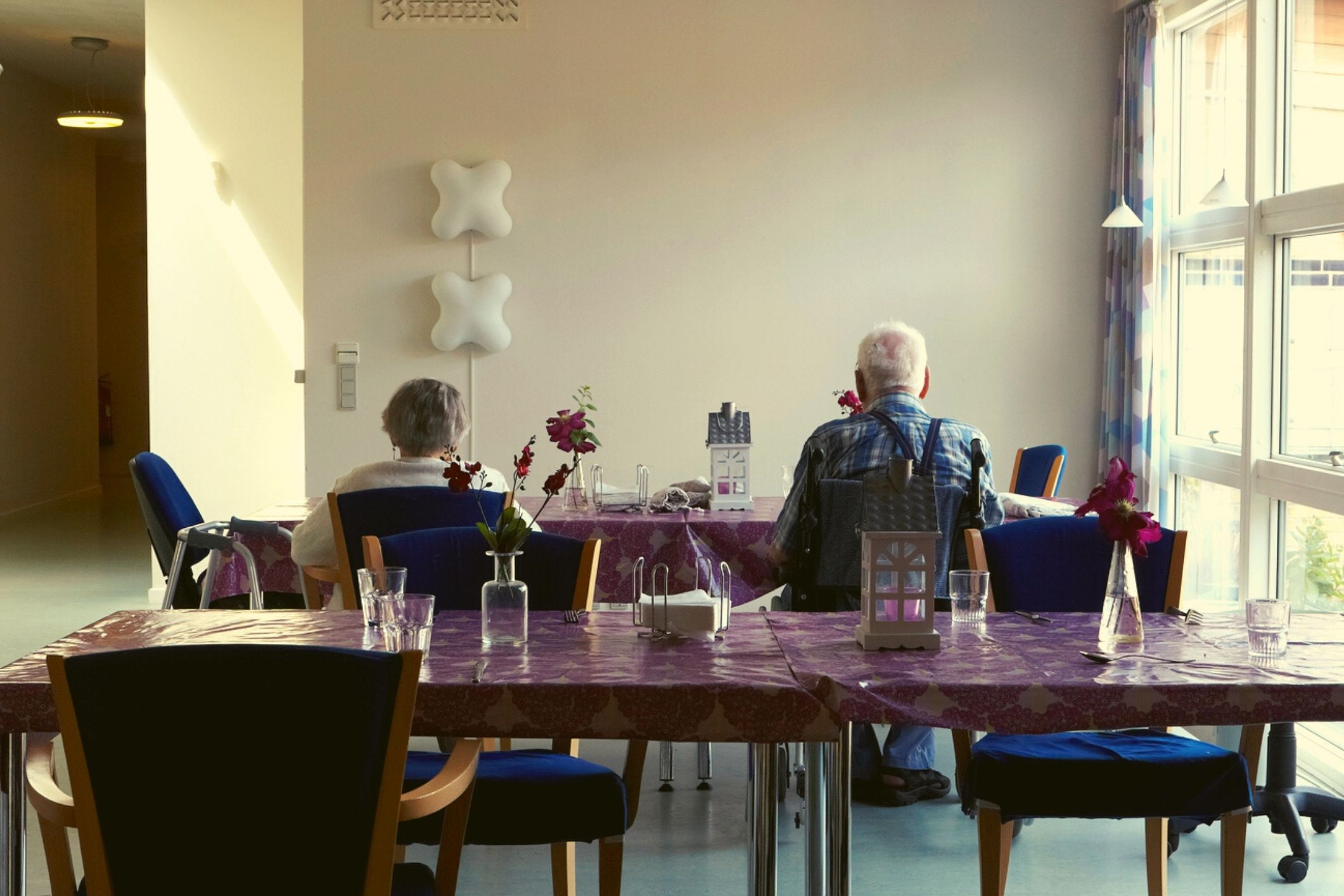
The Australian Government recognises the serious impact of social isolation on residents due to the strict requirements to manage the risk of COVID-19.
Minister for Health and Aged Care, Greg Hunt and Minister for Senior Australians and Aged Care Services, Richard Colbeck welcomed the new advice, which has been endorsed by the Australian Health Protection Principal Committee (AHPPC) and National Cabinet.
“The new advice will enable aged care providers to take a more flexible approach to visitation, and a more proportionate approach to locking down of facilities following an exposure or in the event of an outbreak,” Minister Hunt said.
The new Interim Guidance on Managing Public Health Restrictions on Residential Aged Care Facilities has been developed based on expert medical advice from the Australian Health Protection Principal Committee (AHPPC).
“We need to shift the balance from restricting visitors during an outbreak to providing access by at least one visitor per resident per day. This will assist to reduce the impact of the restrictions to date and provide families with more valuable time with their loved ones,” Minister Colbeck said.
“Every effort is made to protect residents and with these processes in the place, this provides the opportunity to safely increase visitation for residents.”
The new guidance encourages increased visitation and supports aged care providers to apply the least restrictive isolation requirements on residents. It was agreed that each resident should have access to one Essential Visitor at all times (including during an outbreak or exposure).
The Government is supporting increased visitation through the provision of Rapid Antigen Tests (RATs) and Personal Protective Equipment (PPE) through the medical stockpile. Over 12.2 million RATs have been deployed to the aged care sector since August 2021.
Since 1 January 2022 the National Medical Stockpile has provided residential aged care facilities with approximately:
This Guidance will also assist all State and Territory Public Health Units to adopt a more consistent and risk-based approach to the management of COVID-19 outbreaks.
The increased transmissibility of the Omicron variant has created enormous challenges for facilities, as aged care workers have been forced to stay at home and isolate. The updated Interim Guidance on Permissions and Restrictions for Workers in Aged Care acknowledges risk of transmission cannot be eliminated and exposures will occur.
The guidance provides clear criteria for aged care providers to allow a worker to continue to work if he or she has been exposed to COVID-19 but tests negative, is asymptomatic and is willing to work.
It has been updated to align with the Updated COVID-19 Test and Isolate National Protocols which limits the time required for isolation following contact. This means that providers can reduce the detrimental loss of workforce by retaining existing staff in the workplace, using steps to limit transmission.
The new Interim Guidance documents will be published on the Department of Health’s website.
The Government encourages providers to use these guidance materials to provide a better balance between protecting residents from the potentially tragic impacts of COVID-19, and supporting their mental, physical and emotional wellbeing.
I welcome any improved visitation to aged care. I have watched my 92yr old Mother decline and become disconnected due to isolation from Family. It makes me so sad and angry!
Federal ‘Interim guidance’…
When can we expect the public health orders to be released and who will notify essential visitors?
What body will monitor and ensure essential visitors are notified of the access changes?
“This decision will provide consistent guidance for states and territories, and we encourage them to reflect this in their public health orders.”
When will that take place?